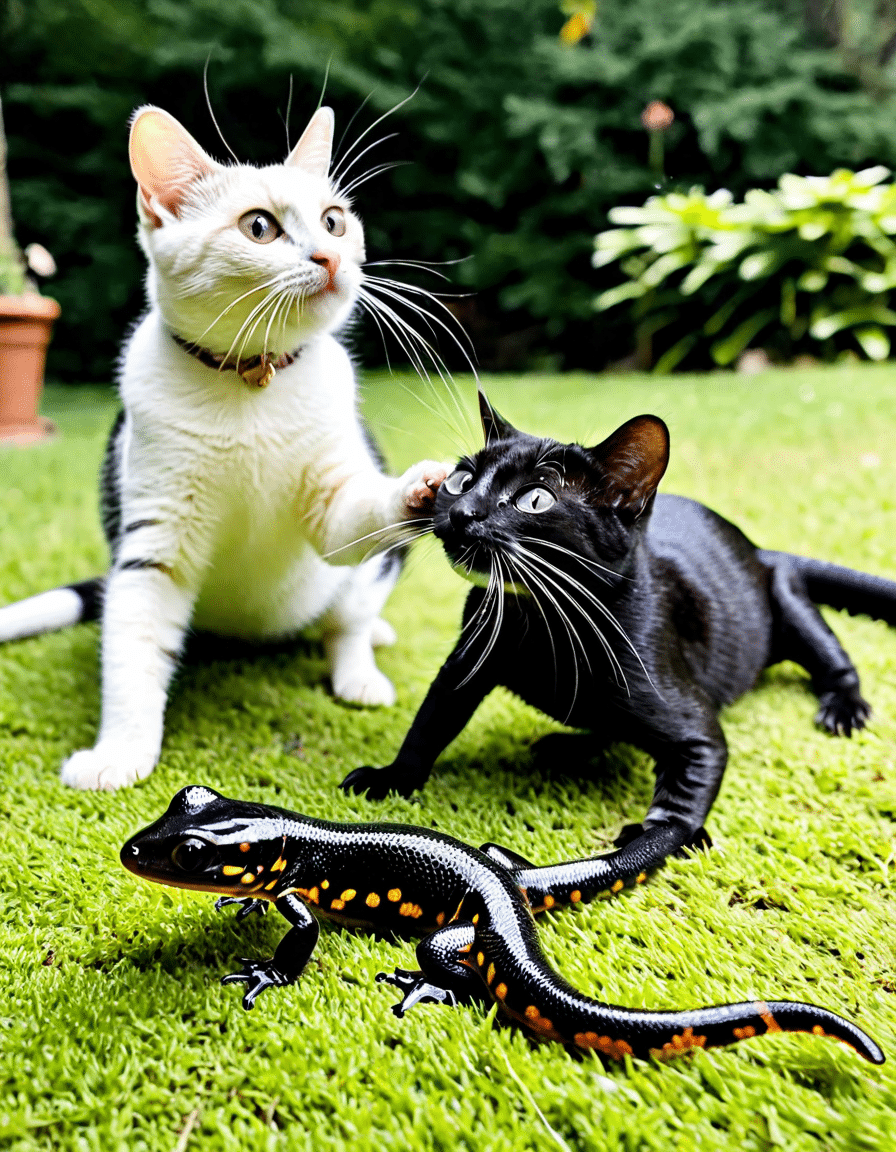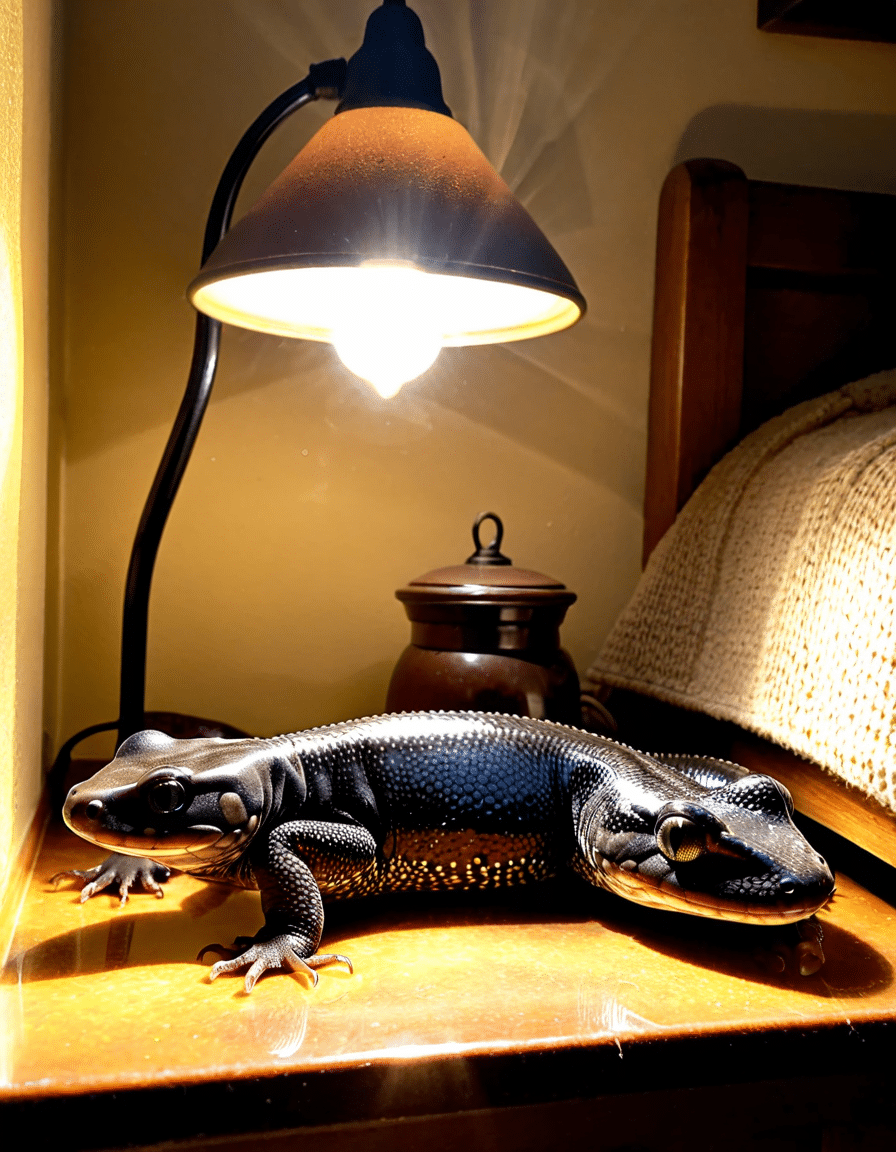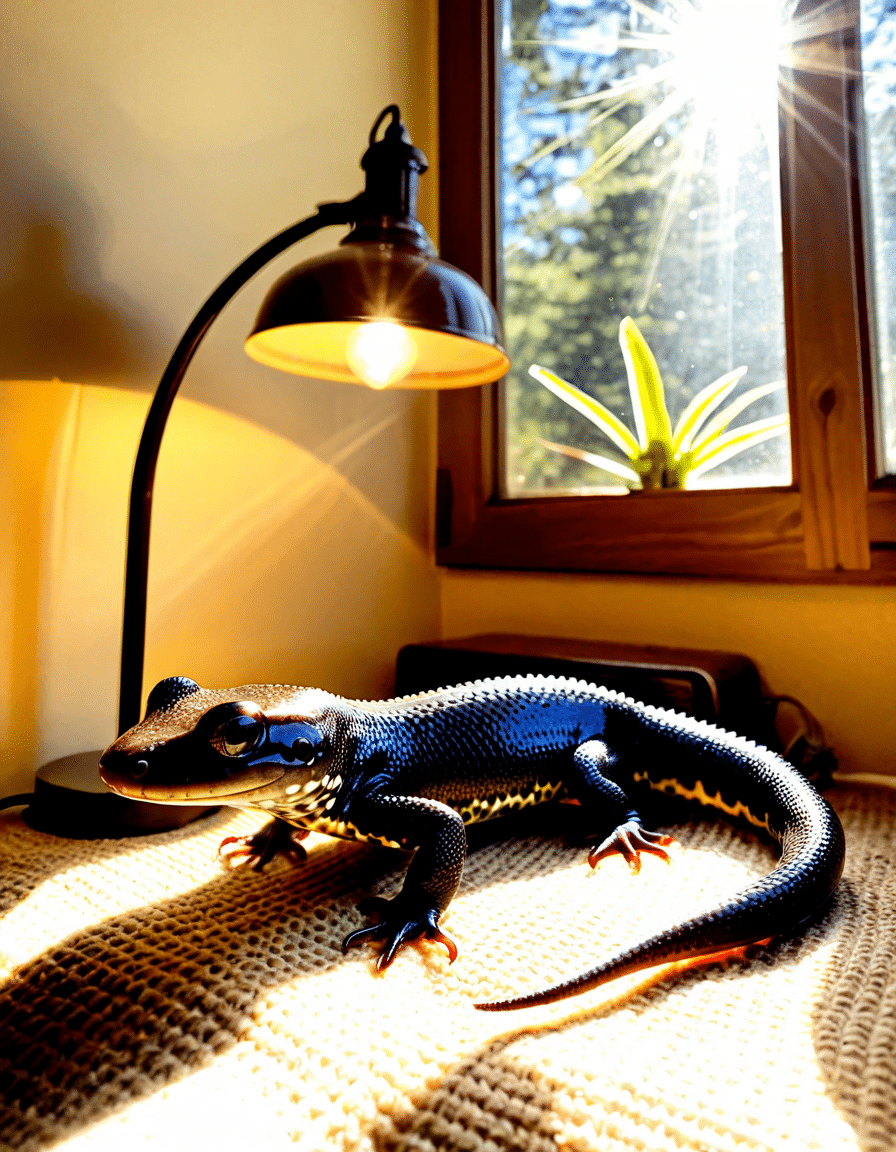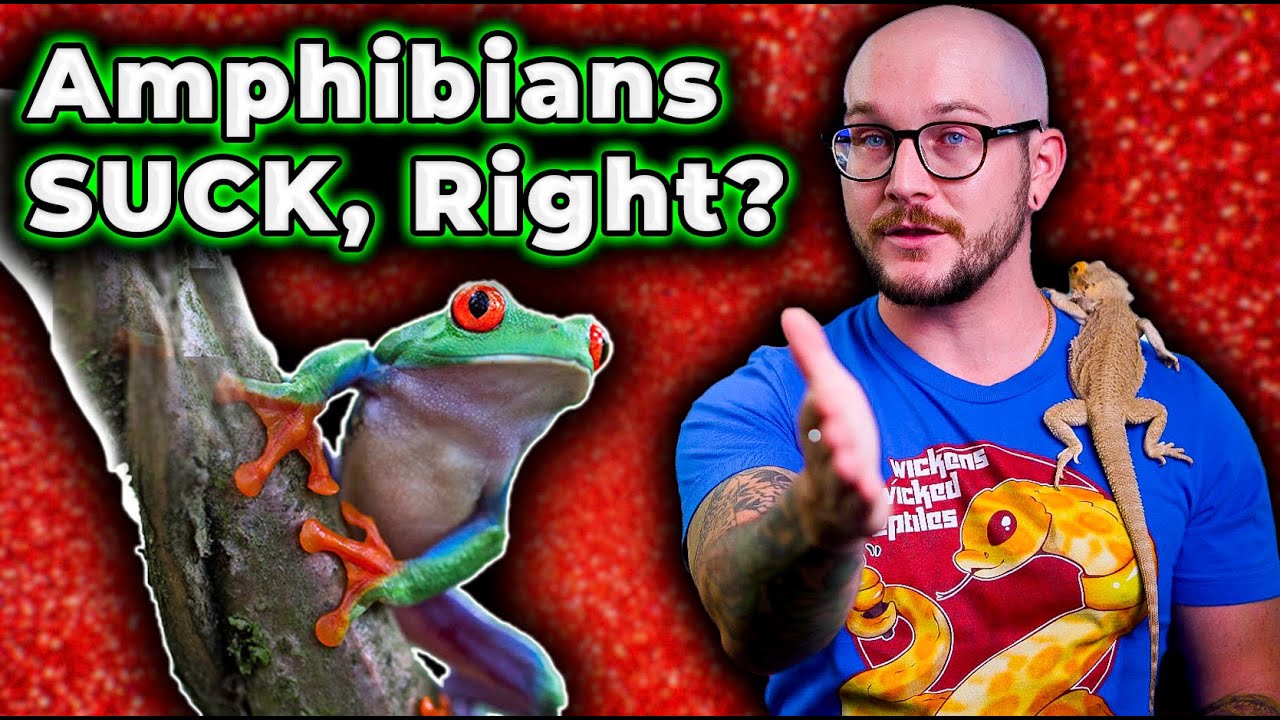If you’re thinking of welcoming a pet salamander into your home, you’re in for a treat! These captivating creatures boast a wide array of species, each with its own quirks and features. Understanding their needs and behavior will help ensure a happy life for your new best friend. Let’s dive into some fascinating facts about pet salamanders and essential care tips to keep them thriving.
Top 7 Fascinating Facts About Pet Salamanders
Pet salamanders come in many shapes and sizes, belonging to families like Ambystomatidae, Plethodontidae, and Salamandridae. With over 700 species worldwide, enthusiasts often find their favorites amidst the vibrant varieties. For instance, the Leopard Salamander (Ambystoma maculatum) stands out with its striking patterns, while others might lean toward the intense colors of the Eastern Red-Spotted Newt.
One of the coolest features of salamanders is their extraordinary ability to regenerate limbs, tails, and even parts of their hearts and eyes. This trait not only fascinates scientists but also offers peace of mind to owners—if your pet salamander faces an injury, it can often heal itself given the right conditions and environment.
Salamanders have permeable skin, making them incredibly sensitive to changes in their surroundings. For this reason, it’s essential to create a carefully regulated habitat. Factors like temperature and humidity significantly influence the health and happiness of your pet salamander. A little attention to the environment can go a long way!
Your pet salamander’s diet plays a critical role in its overall health. A balanced diet consists of live foods such as crickets, worms, and small insects. High-quality brands like Exo Terra and Zoo Med offer specialized food options designed specifically for amphibians, allowing you to provide well-rounded nutrition that complements your pet’s favorite meals.
Did you know salamanders are primarily nocturnal? They often display fascinating behaviors, such as burrowing, climbing, and exploring their habitat. Understanding these natural tendencies can help you create an environment that encourages these behaviors, ensuring your pet feels right at home and engaged.
With the right care, many pet salamanders can live between 10 to 20 years in captivity. The Spanish Ribbed Newt, for example, boasts a lifespan of about 15 years, making them a long-term commitment for pet owners. It’s crucial to consider this factor before bringing a salamander into your life!
Like any pet, salamanders can face health challenges. Common issues include skin infections, respiratory problems, and dietary deficiencies. By staying vigilant and recognizing symptoms like lethargy, decreased appetite, or unusual color changes, you can ensure prompt veterinary care when needed.

Essential Care Tips for Pet Salamanders
Creating the Perfect Habitat
Proper Humidity Levels
Feeding Your Pet Salamander
Health Monitoring
Breeding Considerations
For those more experienced in pet care, breeding salamanders can be a thrilling adventure! Much like the breeding habits of exotic pets like the Honduran Milk Snake, it’s essential to understand the specific needs of your chosen salamander species. Breeding requirements can differ widely, so make sure to do your research.

Wrap-Up: Watching Your Salamander Thrive
Caring for a pet salamander presents a rewarding journey that combines unique insights about their world with an appreciation for their lush behaviors. From creating the ideal habitat to understanding dietary and health considerations, every bit of effort you invest positively impacts their lives. Engaging with a pet salamander opens up a whole new lens on life, enriching both your experiences and theirs.
Got more questions about pet care? Don’t miss our articles like All About Santa ‘s Reindeer and When My dog Pooped Blood for further reading. Remember, it’s not always about the most exotic pets; even mixed breeds like Black Lab mixed With Hound can bring immense joy into your life! Embrace the diversity and beauty of all animals, including the remarkable pet salamander!
Exciting Trivia and Facts About Pet Salamanders
Unusual Traits of Pet Salamanders
Pet salamanders are truly fascinating creatures, showcasing some quirky characteristics that make them stand out. For instance, did you know that they can regenerate their limbs? This remarkable ability is not just a party trick; it helps them survive in the wild. Imagine if you could regrow a lost finger or toe! Speaking of surprising talents, the lyrics of “California Girls” remind us that everyone brings their own flair, much like the numerous species of pet salamanders with their striking colors and patterns.
Another fun fact is that these little fellas don’t drink water like you and me. Instead, they absorb it through their skin! It’s a bit gross but also brilliant, showing how nature invented its own way to keep its creatures hydrated. Just like “Murphy’s Law,” where something that can go wrong will go wrong, having a pet salamander means you need to avoid touching their skin with dirty hands to protect them from harmful substances.
Caring for Your Pet Salamander
Taking care of pet salamanders is rewarding, but it requires some specific knowledge. One critical aspect is their environment. They thrive in moist conditions, so regular misting is essential to keep them happy. Similar to how an actor like Kelly Mcgillis performs better in the right setting, your pet salamander will feel more at home in a well-maintained habitat. This includes providing them with hiding spots and plenty of plants to explore, mimicking their natural habitat.
Moreover, you need to be mindful of their diet. Pet salamanders enjoy a variety of foods, including worms, insects, and even some aquatic prey. Just like the variation Of puffer names, there’s a whole menu to discover when feeding these pets! You wouldn’t want your pet salamander to get bored with the same food every day, so mixing it up keeps things interesting. Just remember, it’s essential to avoid overfeeding—after all, balance is key, a concept that even studies at Pepperdine College emphasize in their research on animal behavior!
In conclusion, caring for pet salamanders opens up a world of fascinating facts and trivia that can enrich your experience. By understanding their unique traits and needs, you can create a happy and healthy environment for your little amphibian buddy. So, whether you’re a seasoned owner or just curious about these enchanting creatures, keeping these facts in mind will help you enjoy the journey together.






